Duets: student and artist-mentor exchanges
One of the two main components of a student’s course of study in the MFA-VA program at Vermont College of Fine Arts is a semester-long studio project in which the student develops and/or challenges specific aspects of their art practice under the guidance of an Artist-Mentor.
The VCFA Artist-Mentor network is comprised of prominent contemporary artists who mentor students individually, during the semester. With over 1500 Artist-Mentors across the United States and Canada, VCFA students are ensured mentorship with a different Artist-Mentor each semester.
Student: Matthew Gernt (S 21)
Artist-Mentor: Parastoo Anoushahpour
Studio Title – Passage: An immersive portrait of Marseille
This semester, I am concentrating on a video and photography project based on the research I’ve done into Marseille and its relation to certain historical narratives. My project is inspired by the surrounding landscape and draws on documentary, experimental, and narrative filmmaking to shed light on the socio-political issues at play in the city.
VC Project Title – Reflections on Marseille, Landscape, and Displacement
For my Visual Culture project, I am currently work on my process paper, Reflections on Marseille, Landscape, and Displacement, an essay that explores the meaning of the image through personal reflections and research on the urban landscape of Marseille.
Ed. note: Matthew has been living in Marseille, France during his last two semester’s of studying at VCFA.
Parastoo Anoushahpour is Matthew Gernt’s 4th Semester Artist-Mentor and is an artist originally from Tehran now based in Toronto working predominantly with video and installation. She holds a BA in Design for Performance, University of the Arts London, Central Saint Martin’s College of Art and Design; a Postgraduate Diploma from the Architectural Association School of Architecture (UK), and a Master of Fine Arts, Interdisciplinary Art, Media & Design from the Ontario College of Art & Design (Toronto). In 2019 she was artist in residence at the Mohammad and Mahera Abu Ghazaleh Foundation (Jordan), and a Chalmers Arts Fellow. Her recent solo and collaborative work has shown at Punto de Vista Film Festival, Tabakalera International Centre for Contemporary Art (Spain), Sharjah Film Platform, Viennale, NYFF, TIFF, IFF Rotterdam, Internationale Kurzfilmtage Oberhausen, Experimenta (Bangalore), and Media City Film Festival. www.p-f-r.com
Is there a structure to your exchanges?
M: There is no formal structure, but we keep in contact and depending on where I am with the work and the process, we structure the conversation around that.
P: I think our meetings are very conversational. The questions just come up while we talk about projects and go further into the layers behind the work. I really enjoyed following Matthew’s work and seeing it change or move between different mediums. His work has a very seductive visual quality, so it’s really easy to get lost in that and then after a while of course there are more questions about specificities of research and location.
I think our practices overlap too and that’s where these structures of artist-mentor and student meetings are very successful. It’s amazing because people start thinking in parallel ways – less of a teaching situation and more of starting to find overlaps and trying to find solutions that maybe you have found before in your own work. I think that’s what we have been trying to do and it’s been moving in different directions.
Between each meeting of course, I continue to think about where Matthew is going and if I see something, or if I think of something, a future trajectory, or a residency, or something that could expand a direction, I reach out and send it to him. It’s hard to do it over Zoom, but it has been working because of the kind of media that it is – moving image and even collage and still photography – it hasn’t been impossible to get a sense of the materiality of the work.
How have the conversations with Parastoo affected your process and thinking regarding your work?
M: With each conversation there is a lot of information I get from Parastoo and that information has a big effect on my work. Sometimes it can be more technical, sometimes it’s references I should check out: other artists to look at or videos I should watch. With each meeting there is this sense of – ok I’m back on track, I know what I need to do for the next meeting. I have this energy so I can go in the studio and be very productive. When I start fizzling out of energy is usually when I reach out to Parastoo to have another meeting.
Can you describe a pivotal exchange or moment that helped shift something for you?
M: One thing that comes up a lot is how to address the subject matter in my work. Sometimes I can lose that within the work and I go off on these tangents. Parastoo has been very helpful keeping me focused by posing questions that I don’t have to necessarily answer right then and there, but I do have to think about. Why do you want to work in this media? What is it about this subject or this concept that interests you? Those questions can take you by surprise sometimes because you don’t always know the answer right away. And then you realize, I really do need to make a change. I really need to think on this question for a while. And then the work changes due to that.
One of the reasons why I wanted to work with Parastoo is because I liked the work she showed us at the residency. I wanted my work to go in that direction. And so, it was a great opportunity to work with somebody who really has a good handle on video and dealing with narratives of place. That was something I really wanted to bring to the forefront of my work and that is initially why I reached out to her.
Could you be more specific about a particular question regarding your work that helped shift a direction for you?
M: Absolutely. One thing that I have been fascinated by for a while is creating texture using a moving image. That is something Parastoo does beautifully in her work. I was fixated on that going into the semester. The first works I showed her were these crazy things just so far removed from what my language was. I kind of got lost in this idea of filming something, then projecting it, and then filming that and editing it in Premiere Pro and then having this crazy image.
Maybe I’m wrong about this, but I felt that Parastoo was a little shocked at first to see the direction I was going in because I was getting completely lost in creating. Sometimes that happens, which I think is kind of a good thing. She just looked at it and asked, “why do you want to do video?” And I didn’t know why. I thought about what initially attracted me to working with video in the first place.
Something as obvious as that can be just one of those pivotal moments in a studio practice. Why do I want to do this and what am I trying to do? I’m not really a video artist to begin with so it’s very exciting for me to get lost in sound and thinking about sound which is something as a painter, collage artist, and photographer I don’t really think that much about. And then you go down the rabbit hole of sound for a while and then you have to kind of reel it back a little bit.
P: I wasn’t shocked. I was very happy to see the experimentation. I’m a big, big fan of that process of following a desire for what could seem like a very basic thing like texture, wanting to get closer to that and figuring out how that works. And I love the idea of spending days just projecting and re-filming and finding different objects to film through, and different surfaces to project on. Following these material investigations does something to help digest a big intellectual, conceptual project.
But it’s hard when you are dealing with the framework of an MFA, or degree, where there is the reality of time that you have to fit yourself and your process into. And video is just a tricky one. That’s why I posed that question there, because you could spend a lot of time going down that path. The same with sound and now thinking more directly about the voice and if there will be a voiceover. Again, another sort of area where you can get very lost in and forget about the details that make a thing like voiceover actually work with the image.
There is also this question of a timeline. How can things reach their full potential in the timeline that you have? Do you have to make compromises earlier to make sure that the piece you are working on will be at a place that you are happy with when you have to present it?
M: There was something else you said that was really important for me, maybe in our first or second meeting. It was about letting the work sort of suss out the subject matter. Because you can talk, and have all of these ideas, but then through the actual making and filming you kind of start to see what direction you’re really going in. Then you start to see – ok I have six months to make a body of work and what is actually possible within that time period? Understanding that the process of making helps you refine the subject matter was another big lesson I took away from our meetings.
P: The time limit is a challenge, but it is a real one. It’s a good place to test your limits and also work on skills that deal with pressure and deadlines, like being able to edit down an idea into a form and execute it in a certain time frame because that’s also what’s going to happen after you graduate. There may be a grant or funding you have that has a deadline, or there is a show that you have to produce for, or there is a deadline for a residency that you have to articulate something for. Learning that, I think, is one of the more crucial parts of becoming a professional artist – administrating your own life and self with a drive to create work, and also live off it somehow. All of these are quite real.
How else have you been challenged this semester?
M: What’s really nice about working with Parastoo is she’s not holding my hand at all. She’s not guiding me to go do this and go do that. I’m faced with these challenges and I have to face them a little bit alone in the sense that I’m not given an exercise to go and complete and come back and let’s talk about it. It’s more about how you want to challenge yourself. I will try and give myself certain guidelines or certain little things to go out and do and bring them to Parastoo to talk about, discussing what worked and what didn’t work.
That process of figuring it out on your own is quite challenging in itself. That’s been quite a challenge to trust myself and my own process. Going back to what Parastoo said about being a working artist, you don’t have somebody telling you what to work on or how to do it. You have to create those guidelines or those exercises yourself. It’s been really interesting for me to approach and structure my practice in an open ended way.
P: I would add that Matthew’s practice seemed quite clear to himself and on a direction already. Knowing that you are in your last semester and it’s one step before you are going to go out and do these projects, my hunch was to run our meetings more like studio visits where another artist or curator is visiting your practice and having a conversation.
I point to questions or things that I can see are the strengths, or something that needs more work and just try to also give the energy and confidence that it’s going well. You are doing the work of finding the answers to the parts that are more challenging or tricky in terms of answering some more conceptual, formal questions. My assessment was that at this point you don’t need somebody to give you exercises because that’s just going to take your time and distract you from following this quite complex thing that you have already set up for yourself.
What will you take with you from working with Parastoo once you leave VCFA?
M: I think what I’m working on right now is a big project in the sense that I can continue it once I’ve finished, if everything goes well with my MFA. I will continue this sort of research I am doing into Marseilles, into filmmaking, and photography and kind of go down all these avenues I would like to go down but just because of time I can’t. I feel like at this point now I am just getting into it. At first I wished I was at this stage three semesters ago because I’m coming to the end of my MFA, but I think that’s kind of a normal feeling.
Now I have all this work to draw from and before I didn’t know that. I wasn’t aware of that then. Now that I’m more clear what my work is about and where I want it to go, I see a lot more possibilities and a lot more work coming out of it for the future. I feel like I’m just at the beginning of it all – a good place to be.
What advice would you give a new student who is thinking about selecting an Artist-Mentor?
M: I got so lucky. I don’t know if it’s just luck or if I did something special. I think just reaching out to someone whose work you like and seeing if people are available and not being afraid to contact anybody. I also think working with people who know the program is best. My best experiences have been with people who understand what a low-residency program is all about and understand the Visual Culture aspect of the program and have an idea of the philosophy of the school. And then, whoever you are working with – if it’s going well, ask them at mid-semester for a list of artists that they think would be a good match for you. That’s what I did every single time and it worked out very well for me.
I don’t think you have to be so caught up on working with someone who works in the same media as you. I wanted to see a film by this artist, Jeff Silva, and I’m not a filmmaker at all, but I sent him an email and he sent me a vimeo link with the password to see it. I saw it, and I wasn’t even planning on going to grad school, but we had this exchange through email and it turns out that he went to VCFA! We met for coffee and had a conversation and he became my first artist-mentor.
I always appreciated video and film but it was never anything I thought about working with. Reaching out to people is always a great thing. Sometimes you don’t hear anything, but sometimes it can completely change the trajectory you are on. It just opened up the door of video and photography which was something I had never imagined myself doing. I used photography for my paintings but it was never something I would consider showing to anybody. It was a great experience for sure.
P: Sometimes sticking with your own medium makes sense if you are really going into the specifics or the technicalities of a medium. I don’t want to dismiss that and how important that is and how much you can learn. But in general, I would say to use the MFA time, especially early on, to just focus on following a hunch or an intuition or an idea. It’s a place to take the time that is given you to take risks and take as much as you can from people you wouldn’t necessarily have access to and not worry so much about whether you are entering a territory that is kind of new to you and you feel lost – because the time is for getting lost and later you can go back.
I think be as adventurous as you can and reach out to people that interest you, and maybe sometimes without you totally understanding why, and then taking the trip to understand – ok this is why. Maybe you’ll end up doing something you never thought you would do or maybe you will go back to your medium, but that’s not important. It’s more important what you learn, because the idea is to learn. It’s not really to produce something perfect, at least in my approach to an MFA.
It’s easy to underestimate how unique this time is. It never happens again or in the same form, where you are supported and there is time and there is structure. These are all given to you, so you just have to kind of follow and leave space in your brain to just think and work and experiment.
M: There is also something that’s so important about what you said about the risk, even if it doesn’t come out well. At VCFA it’s like the risk is what’s rewarded and that, I think, is really important. You learn so much from taking risks, even if it doesn’t come out as a success. I think there is so much to take away from just trying new things and trying out new, different media and all of that. Even the way you approach a project and trying to challenge that, because everybody develops their own approach to things. Trying to mess that up a little bit by challenging it is really important as well.
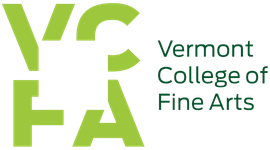
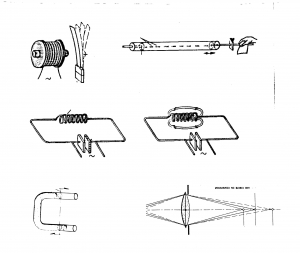
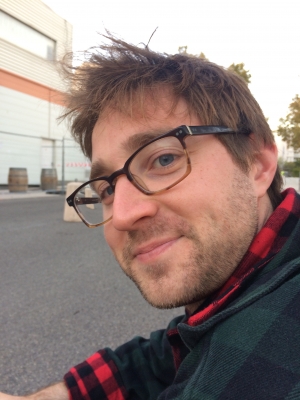
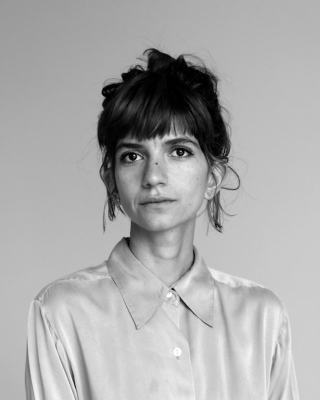
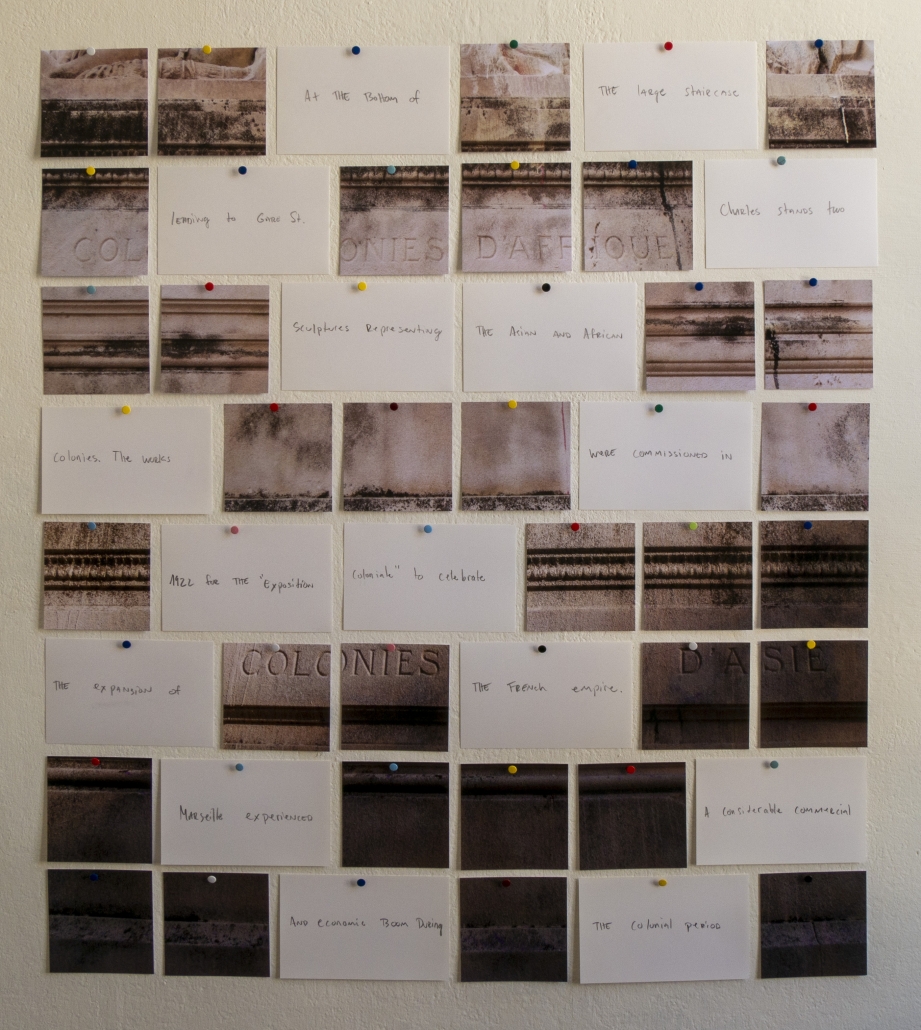
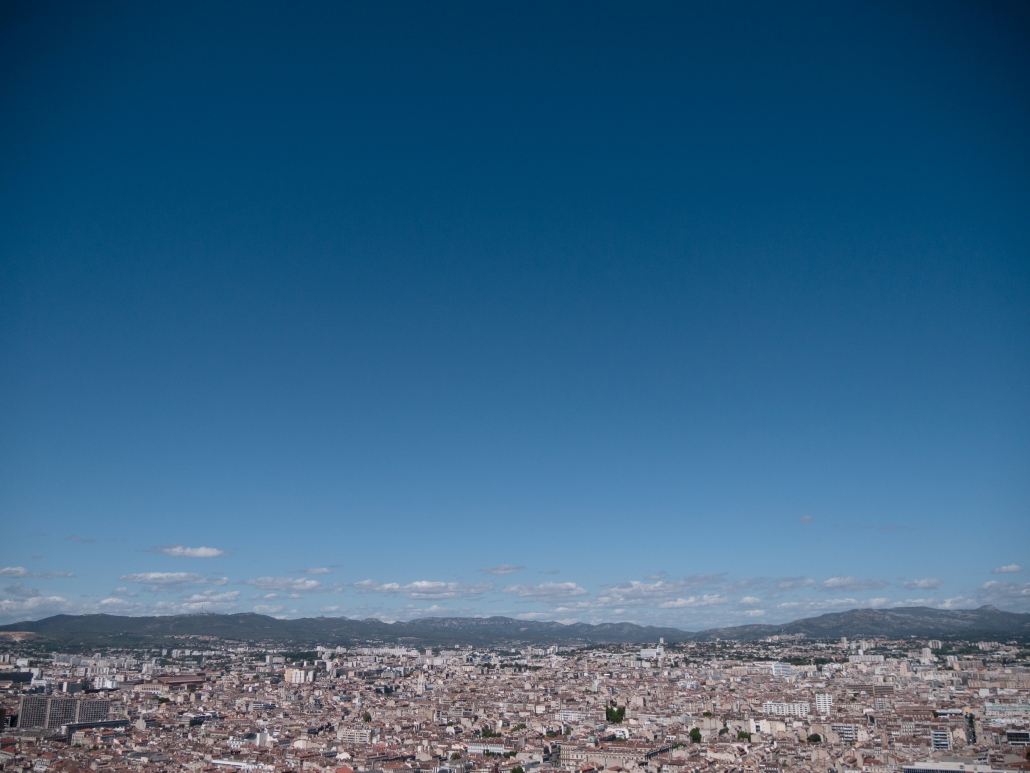
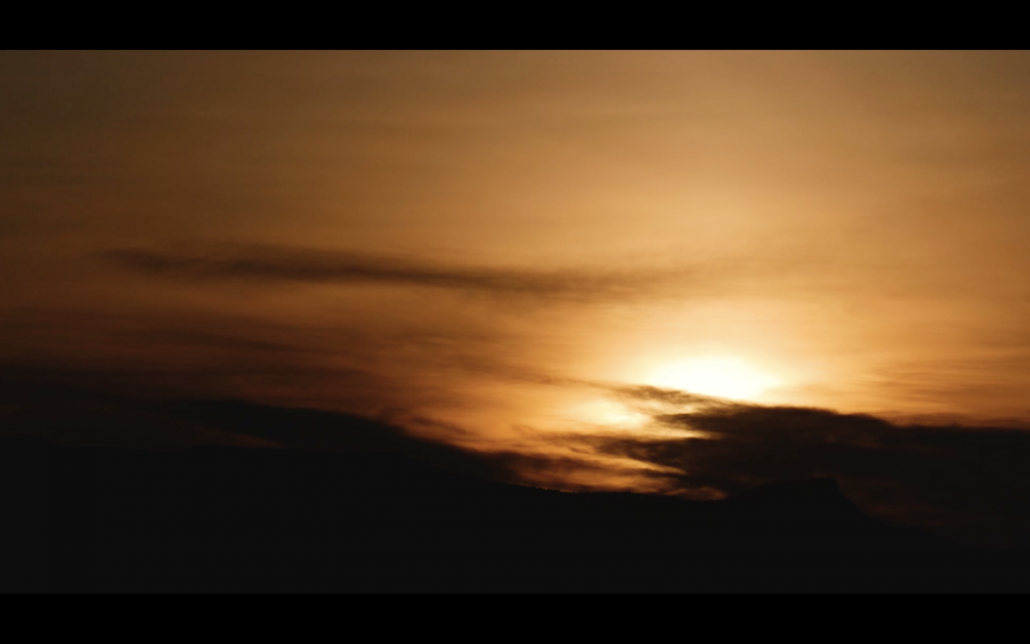
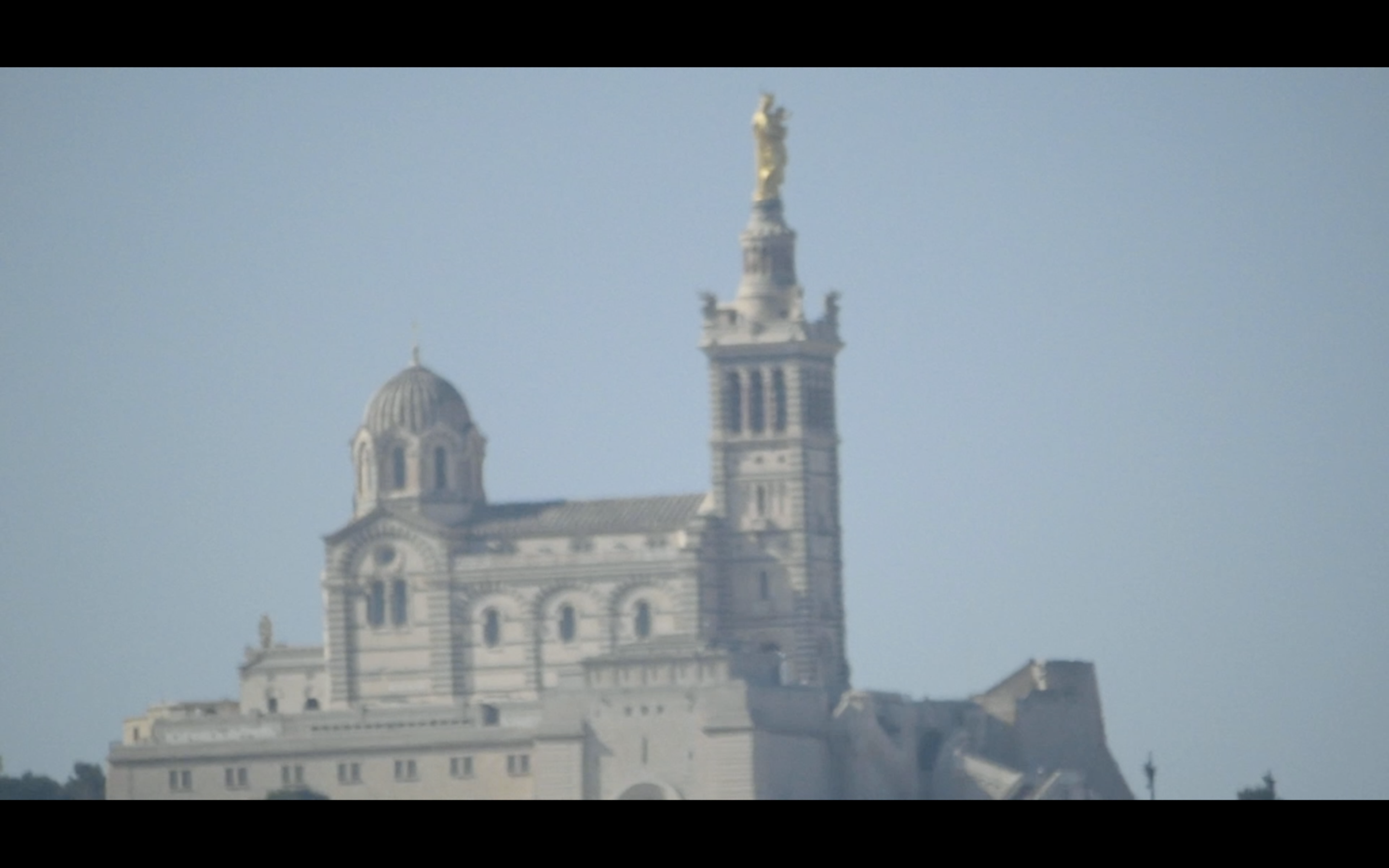
 Student Josephine Chase (S 22) and Artist-Mentor Zun Lee
Student Josephine Chase (S 22) and Artist-Mentor Zun Lee Matthew Gernt (S 21)
Matthew Gernt (S 21)